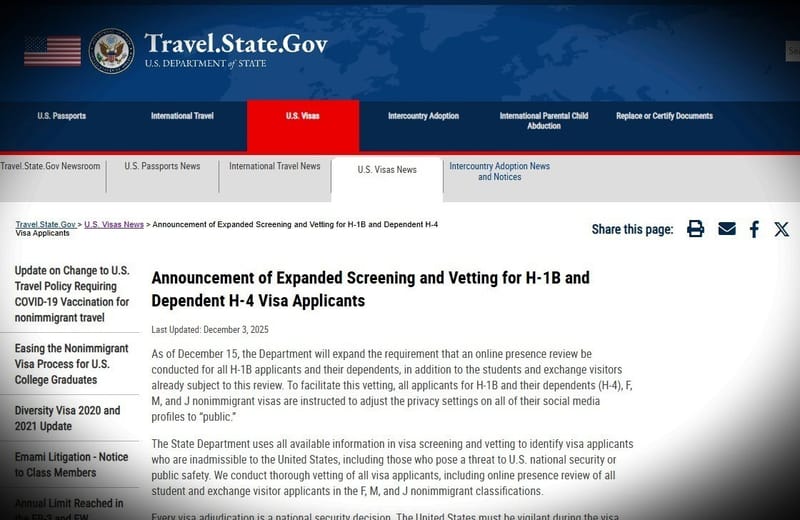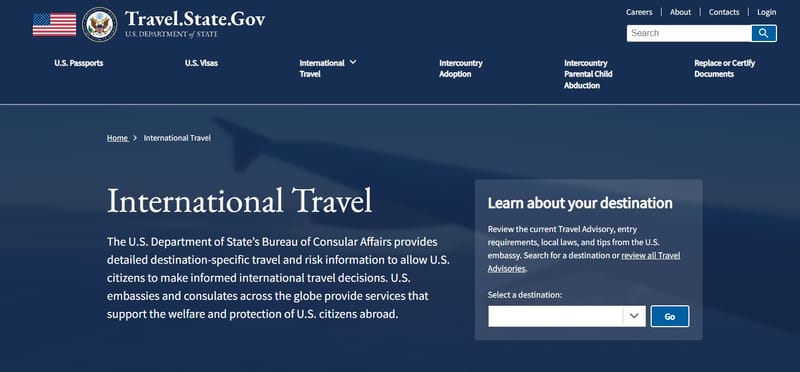USCIS FY2026 Begins: H-1B and EB-2 Visa Caps Reset for Skilled Workers
The annual USCIS fiscal year reset signals both a fresh opportunity for skilled foreign workers and employers to pursue various US visa categories, and a stark reminder of the persistent competition for limited visa numbers.

Subscribe to our newsletter and stay informed about latest H1B news, policy updates and and other developments.
Article Summary
The U.S. Citizenship and Immigration Services (USCIS) has commenced its new fiscal year (FY2026) on October 1st, resetting annual visa quotas for various categories. This includes the reopening of caps for family-sponsored, employment-based (EB-2), H-1B, and H-2B visas, which had largely been exhausted for FY2025. USCIS has already received enough petitions to meet the H-1B cap for FY2026.
Original Article: financialexpress.com
[ Sentiment: neutral | Tone: factual ]
This summary and analysis were generated by TheNewsPublisher's editorial AI. This content is for informational purposes only; it does not constitute legal or immigration advice.
[ Sentiment: neutral | Tone: factual ]
This summary and analysis were generated by TheNewsPublisher's editorial AI. This content is for informational purposes only; it does not constitute legal or immigration advice.
TNP AI: Key Insights
The annual USCIS fiscal year reset is a critical moment for skilled immigrants and employers, as it reopens the highly competitive visa application windows for categories like EB-2. For EB-2 applicants, the FY2026 reset means new visas are now available after the FY2025 quota was exhausted, offering a renewed pathway to permanent residency for those with advanced degrees or exceptional ability.
However, the immediate exhaustion of the FY2026 H-1B cap underscores the persistent mismatch between high demand for skilled foreign workers and the rigid annual visa limits. This situation highlights the necessity for employers to meticulously plan and explore cap-exempt options or alternative visas, while also fueling continued discussions around comprehensive immigration reform to address these structural limitations.




